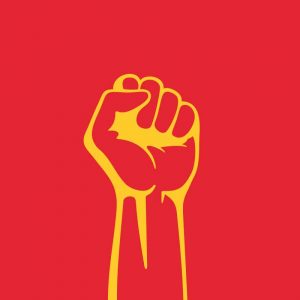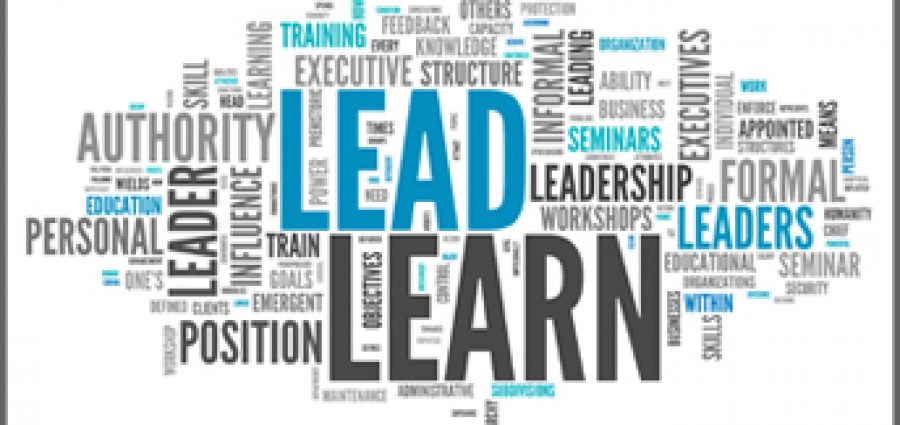Source: American Mind, Jul 2020
Bad judgments and usurpations—the scam, not the germs—define this disaster’s dimensions.
What history will record as the great COVID scam of 2020 is based on 1) a set of untruths and baseless assertions—often outright lies—about the novel coronavirus and its effects; 2) the production and maintenance of physical fear through a near-monopoly of communications to forestall challenges to the U.S.. ruling class, led by the Democratic Party, 3) defaulted opposition on the part of most Republicans, thus confirming their status as the ruling class’s junior partner. No default has been greater than that of America’s Christian churches—supposedly society’s guardians of truth.
The U.S. Institute for Health Metrics and Evaluation (IHME) modeled the authoritative predictions on which the U.S. lockdowns were based. Its model also predicted COVID deaths for un-locked-down Sweden. On May 3 it wrote that, as of May 14, Sweden would suffer up to 2800 daily deaths. The actual number was below 40. Whether magnifying this falsehood was reckless or willful, it amounted to shouting “fire!” in a crowded theater. What justifies listening to, and paying, people who do that kind of science?
In May the Centers for Disease Control, by then discredited professionally (though not, alas, in the mass media), was forced to conclude that the lethality rate, far from being circa 5% was 0.26%. Double a typical flu. The CDC was able to keep the estimate that high only by factoring in an unrealistically low figure for asymptomatic infections—never mind inflated figures for deaths. But the U.S. government, instead of amending its recommendations in the face of reality, tried to hide reality by playing a shell game with the definition and number of COVID “cases.”
they toyed with reporting deaths by attributing to COVID any that “involved” or looked as if they might have involved it. They then included pneumonia, influenza, and COVID into the category PIC. That is how the death figure came to exceed 100,000. But if the CDC had used the same criterion that it did with the SARS virus, namely “severe acute respiratory distress syndrome,” the figure by the end of June would have been some 16,000.
By the July 1, even using the CDC’s inflated figures for COVID-responsible deaths, COVID-19’s Infection Fatality Rate for people under 70 was 0.04%.
The Imperial College, London’s tally for Great Britain, broken down by age of death, shows that the chances of dying from COVID-19 infection roughly track the chances of death from all causes at any given age, except for the very young. For men, the chances of death co-incident with the virus don’t exceed 1%, or the average death rate, until age 70. For women, they don’t exceed the average death rate until close to age 90. In Spain, the death rate for infected persons over 90 years old was 10%.
The measure of “excess deaths” tells a similar story. During the six-week peak of the COVID event in 2020, deaths in the U.S. exceeded deaths during the same period in the previous year by 82,000. Considering that, concurrently, the 2020 flu season was one of the worst on record (typically the flu is responsible for some 50,000 deaths during the season) and given the CDC-mandated conflation of COVID numbers with others, the COVID-19 pandemic in and of itself did not amount to much—except in New York City, for reasons only partly known. By the week of June 20, 2020 the CDC was reporting ZERO excess deaths—meaning that the figure for weekly deaths was within the long-term normal curve for that time of the year.
In short, COVID-19 is not America’s plague. It did not shake America. The ruling class shook it. They have not done it ignorantly or by mistake. They have done it to extort the general public’s compliance with their agendas. Their claim to speak on behalf of “science” is an attempt to avoid being held accountable for the enormous harm they are doing. They continue doing it because they want to hang on to the power the panic has brought them.
By contrast, COVID-19’s effect on ordinary healthy persons is considerably milder than those of ordinary respiratory diseases. What sense, then, could general isolation ever have made in the context of COVID-19?
The U.S. authorities, the “experts,” the ruling class, chose to do precisely the opposite. They “locked down” a general population that is at virtually no risk, thereby delaying the virus’s spread to people it could not harm and whose infection would build herd immunity. Keeping millions of people indoors also worsened their health. Keeping people from interacting and working normally wrecked economic and social life.
Power

All of the above served the ruling class’s overarching interest in its own power. Are there any categories of people who benefited from the shutdowns? Government gained. We know of no employee of federal, state or local government who was furloughed or had his or her pay reduced. On the contrary, all got additional power. The federal government created trillions of dollars, the distribution of which is enriching the usual suspects involved in administration. The teachers’ unions gained the power to extort concessions as a price for reopening schools. Among them, restrictions on or elimination of charter schools.
The ruling class’s gains of power and money have been at the country class’s expense, and have depended on suppressing truth.
An egregious example of forcible official lying is the ruling class’s political campaign against the drug Hydroxychloroquine. President Trump had pointed to the truth that this standard treatment for malaria for more than a half century is effective against the early and mid-stages of the COVID disease. This fact had been discovered accidentally and confirmed by studies and practices in France, Spain, India, and South Korea. In April, U.S. doctors started prescribing it widely, reported good results, and took it themselves prophylactically. The ruling class found this intolerable because it contradicted its narrative that nothing could prevent the sky from falling, but above all because its success might cast a favorable light on Trump. Hence it set about canceling truth about drugs from public consciousness and substituting its own narrative.
Perspective

It should be clear that the COVID event in America is only tangentially about health. It is essentially a political campaign based on the pretense of health. Mere perusal of news from abroad is enough to see that this is true as well throughout the Western world. Throughout, the campaign by governments and associated elites has essentially smothered social and economic activity. Not least—and by no means incidentally—it has smothered the overt political opposition which had increasingly beleaguered said governments and elites throughout the Western world.














